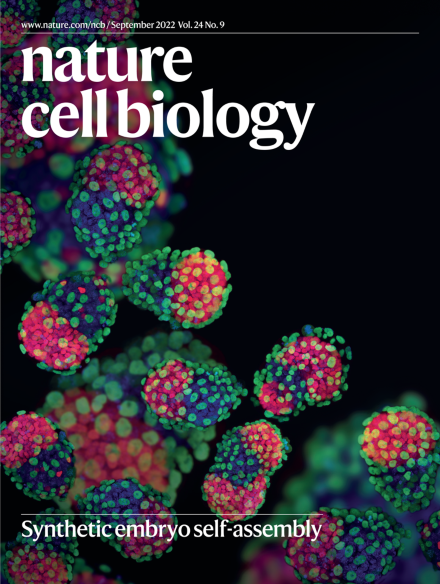CoCo-ST在空间转录组学数据集中检测全局和局部生物结构。
IF 19.1
1区 生物学
Q1 CELL BIOLOGY
引用次数: 0
摘要
空间域检测方法通常关注高变异结构,如基因表达变化剧烈的肿瘤邻近区域,而忽略基因表达变化微妙的低变异结构,如邻近正常和早期腺瘤区域之间的结构。在这里,为了解决这个问题,我们引入了“比较和对比空间转录组学”(CoCo-ST),这是一个图形对比特征表示框架。通过将目标样本与背景样本进行比较,CoCo-ST可以检测到高方差、广泛共享的结构和低方差、组织特异性的特征。它具有技术优势,包括多样本集成、批处理效果校正以及从现场级Visium数据到单细胞Xenium Prime 5K和亚细胞Visium HD数据的可扩展性。我们将CoCo-ST与十种最先进的空域检测算法(使用小鼠肺癌前样本)进行了基准测试,证明了其识别其他方法忽略的低方差空间结构的卓越能力。CoCo-ST还可以有效地区分Visium HD和Xenium Prime 5K数据中的细胞簇和生态位结构。CoCo-ST可在GitHub (https://github.com/WuLabMDA/CoCo-ST)访问。本文章由计算机程序翻译,如有差异,请以英文原文为准。
CoCo-ST detects global and local biological structures in spatial transcriptomics datasets.
Spatial domain detection methods often focus on high-variance structures, such as tumour-adjacent regions with sharp gene expression changes, while missing low-variance structures with subtle gene expression shifts, like those between adjacent normal and early adenoma regions. Here, to address this, we introduce 'compare and contrast spatial transcriptomics' (CoCo-ST), a graph contrastive feature representation framework. By comparing a target sample with a background sample, CoCo-ST detects both high-variance, broadly shared structures and low-variance, tissue-specific features. It offers technical advantages, including multisample integration, batch-effect correction and scalability across technologies from spot-level Visium data to single-cell Xenium Prime 5K and subcellular Visium HD data. We benchmarked CoCo-ST against ten state-of-the-art spatial-domain-detection algorithms using mouse lung precancerous samples, demonstrating its superior ability to identify low-variance spatial structures overlooked by other methods. CoCo-ST also effectively distinguishes cell clusters and niche structures in Visium HD and Xenium Prime 5K data. CoCo-ST is accessible at GitHub ( https://github.com/WuLabMDA/CoCo-ST ).
求助全文
通过发布文献求助,成功后即可免费获取论文全文。
去求助
来源期刊

Nature Cell Biology
生物-细胞生物学
CiteScore
28.40
自引率
0.90%
发文量
219
审稿时长
3 months
期刊介绍:
Nature Cell Biology, a prestigious journal, upholds a commitment to publishing papers of the highest quality across all areas of cell biology, with a particular focus on elucidating mechanisms underlying fundamental cell biological processes. The journal's broad scope encompasses various areas of interest, including but not limited to:
-Autophagy
-Cancer biology
-Cell adhesion and migration
-Cell cycle and growth
-Cell death
-Chromatin and epigenetics
-Cytoskeletal dynamics
-Developmental biology
-DNA replication and repair
-Mechanisms of human disease
-Mechanobiology
-Membrane traffic and dynamics
-Metabolism
-Nuclear organization and dynamics
-Organelle biology
-Proteolysis and quality control
-RNA biology
-Signal transduction
-Stem cell biology
 求助内容:
求助内容: 应助结果提醒方式:
应助结果提醒方式:


